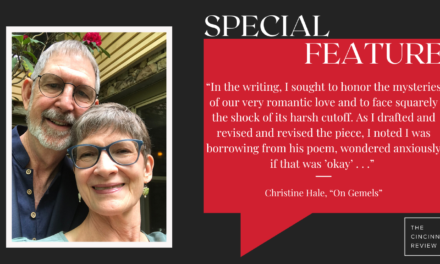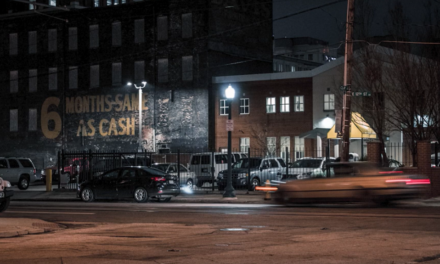The winter 2011 issue is at the press! In the meantime, enjoy some bonus material. We asked all the writers in our summer issue to tell us about the ideas that lead to their poems, stories, and essays. We’ll be posting their comments all month, until the new issue is out. Here’s what D. A. Powell, Kevin Prufer, and Saara Myrene Raappana had to say:
D. A. Powell: These poems are part of a larger project, focusing on California’s Central Valley. The ways in which the rural landscape has been altered by developers is something I’m trying to capture through the use of subordinate clauses and traditional punctuation. The sentence itself is an imposed order. The language, though, retains elements of the wild.
Kevin Prufer: I have followed D. A. Powell’s work since a mutual friend, Rick Barot, first sent me a manilla file folder full of his poems back in 1997. Powell didn’t have a book out yet, but his early poems struck me immediately for their technical brilliance, their humor, their sheer hyperactivity, and their many complicated sadnesses. Over the years, I’ve met so many other young writers who were similarly affected on first encountering his poems. And, more than that, so many of us have seen our own work deeply influenced by Powell’s. For that reason, I was thrilled to write this long essay for The Cincinnati Review. I hope it inspires readers to seek out his poems.
Saara Myrene Raappana: I’m pretty sure I’ve read about studies indicating that we all tend to personify inanimate objects. As a child, I had a near-crippling inability to shut off those personification tendencies, and the result was a quiet but persistent hum of guilt that ran throughout my childhood as I threw away grinning tin cans, ran past those dolorous doorbell chimes without so much as a hello, or bounced a tennis ball against the long-suffering house siding. The richness of the internal worlds I perceived in those objects still fascinates me, so I started making lists of titles for poems from the perspectives of those objects. “The Hardwood Laments Its Lowly Position” was one of them.
“Don’t Let’s Talk Things through Anymore” is a poem about covertness, obviously in subject but more so in process: I was trying to hide a personal subject in an impersonal poem and to hide rhyme in something that could appear to be free verse. Rule #1 was that I had to express the emotions of a situation vividly without mentioning a single thing about the situation itself. Rule #2 was that I had to (in the first draft, at least) make sure that every line included a word that rhymed with at least two other words somewhere in the poem, but it didn’t matter how far apart they were. I came upon the solution of zeroing in closely on a single phrase (“talk things through”) and then letting the rhyme pattern guide the direction of the poem. I was surprised, not only by the images the poem settled on, by the number of unintentional rhymes and sound repetitions that emerged.
The Cincinnati Review is available for order through our secure online form.










